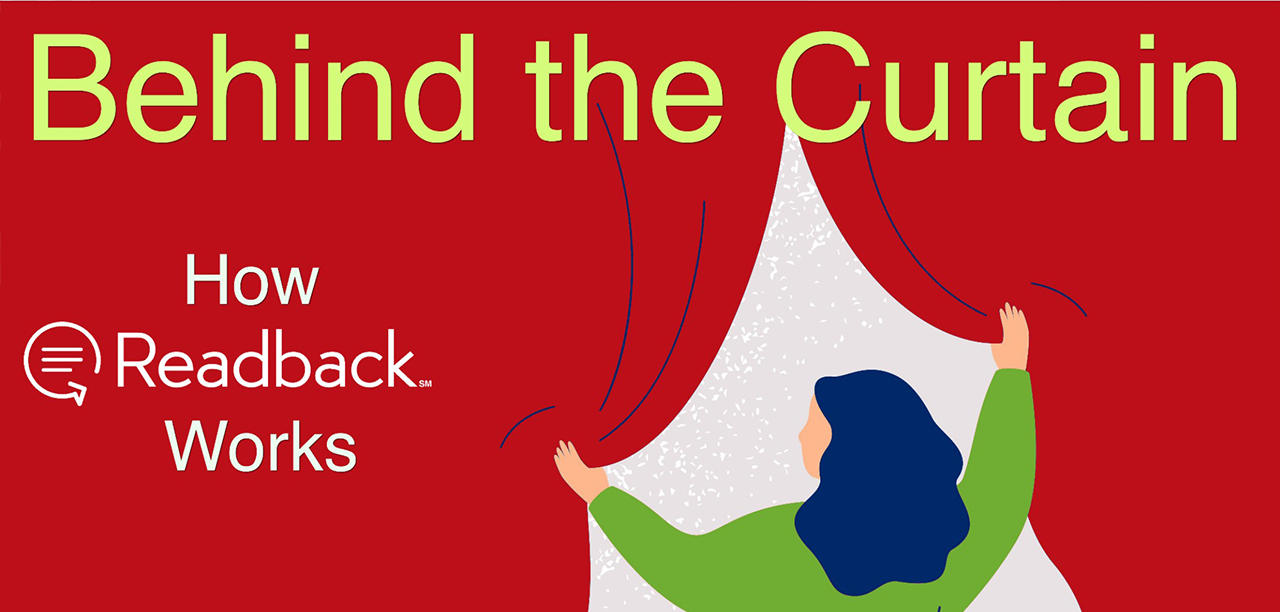Active Reporting is changing the deposition landscape. Most litigators are content to enjoy the benefits by learning how to use the revolutionary Readback service effectively to advance their cases. Skepticism is natural for disruptive technologies, but that fades rapidly for most users when they see it work. For a few, the curiosity continues—either their inner-nerd wants to see behind the curtain, to know how and why it works, or perhaps they have a role in IT that requires understanding to sign-off. If that’s you, this white paper spells it out.
The Readback service relies on the synergy of three new modern realities that were not present just a short time ago:
- Digital Proceedings
- Concentration of Labor
- Artificial Intelligence
Digital Proceedings
Before the pandemic, a vast majority of depositions were taken in person. For our firm, only about 4% were handled via video conferencing technologies. The response to COVID-19 changed that. In one quarter, during the pandemic, 90% were virtual. Many lawyers expressed surprise at how readily they adapted to these remote experiences and wanted to retain the benefits beyond the pandemic. When we say a proceeding is virtual, or remote, or hybrid, that’s the same as saying it is digital. That’s the important part of this analysis. An in-person discussion is an analog event until or unless it is captured in a digital format. A digital event can be copied, replicated, or otherwise processed as all media in this digital era. It warrants mentioning that Readback is agnostic about the brand of digital video conferencing technology. The de facto standard in the legal industry is Zoom, and that works quite well. There are no technical reasons that the emerging, popular competitive products cannot also work well, such as Google Meet or Microsoft Teams.
Digital adoption represents an enabler for the technologies that follow.
🔎 Note: Don’t confuse or conflate this with what some people call digital reporting. In recent years, with a shortage of steno operators, some service providers have attempted to fill the need by recording depositions with digital recording devices. This practice became labeled digital reporting, and as a category, it occupies a lower end of service. Rather than capturing a text record of testimony during the proceeding, a digital recording is captured to be transcribed later.
Many courtrooms have adopted this practice as a cost-saving practice over the past couple of decades. In those implementations, great care is normally taken with the placement of hard-wired microphones to ensure quality audio recording that is not reliably present in the deposition setting.
Since, in common digital reporting, the text is not generated during the proceeding, there remains a risk that the audio captured is not suitable to generate unambiguous verbatim text, and that is sometimes the case. Active Reporting provided by Readback, like steno, generates the text record on the fly, and Guardians of the Record are responsible and compelled to call out inaudible utterances to ensure a verbatim record.
Concentration of Labor
The Readback business model inverts the relationship of one reporter working over a long period by using multiple operators working at the same time. In the steno paradigm, the operator captures what she can with her machine but also records the proceeding for playback to edit and correct the transcript. The time spent outside the deposition typically exceeds the time invested inside. That is why…


